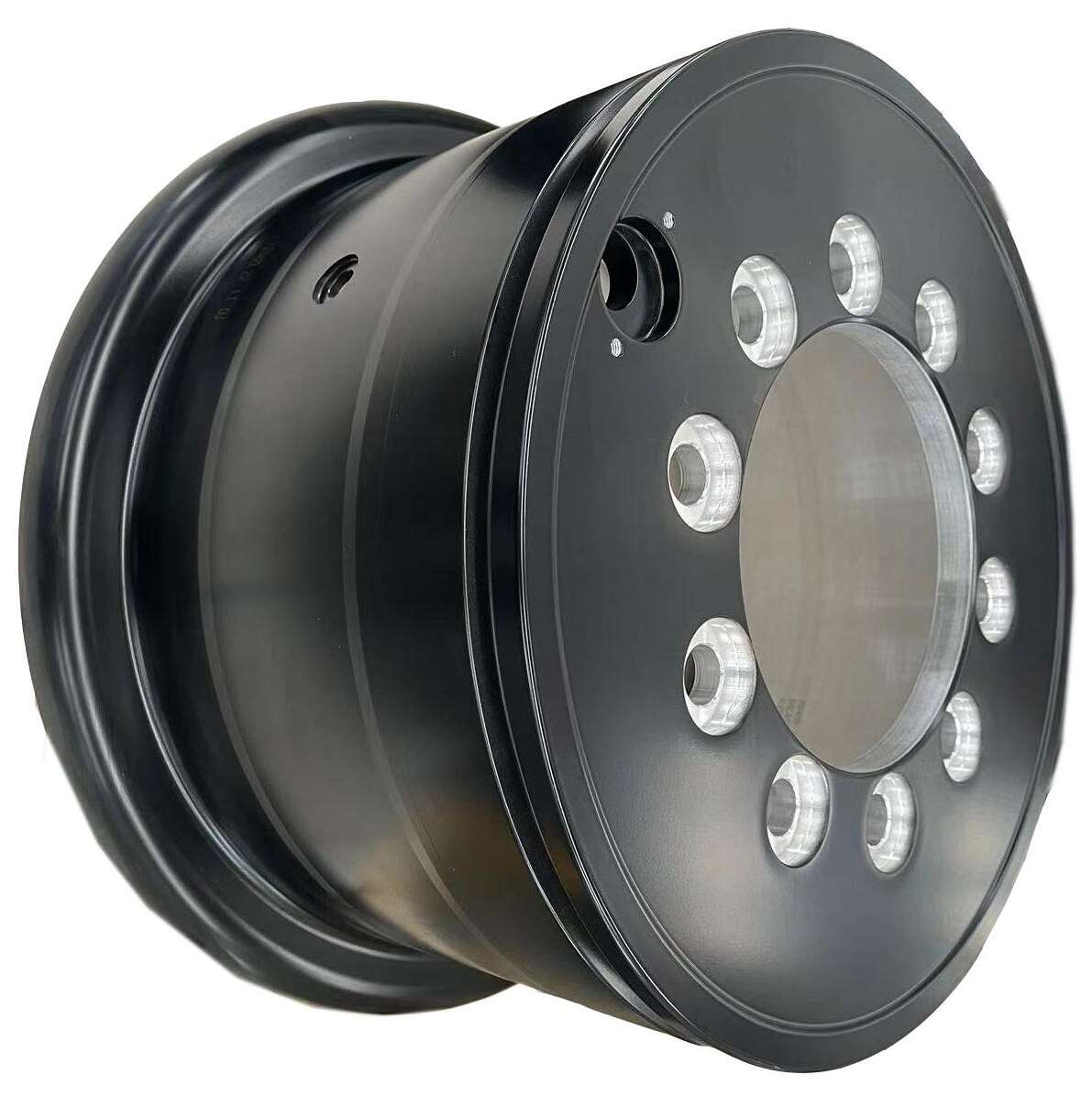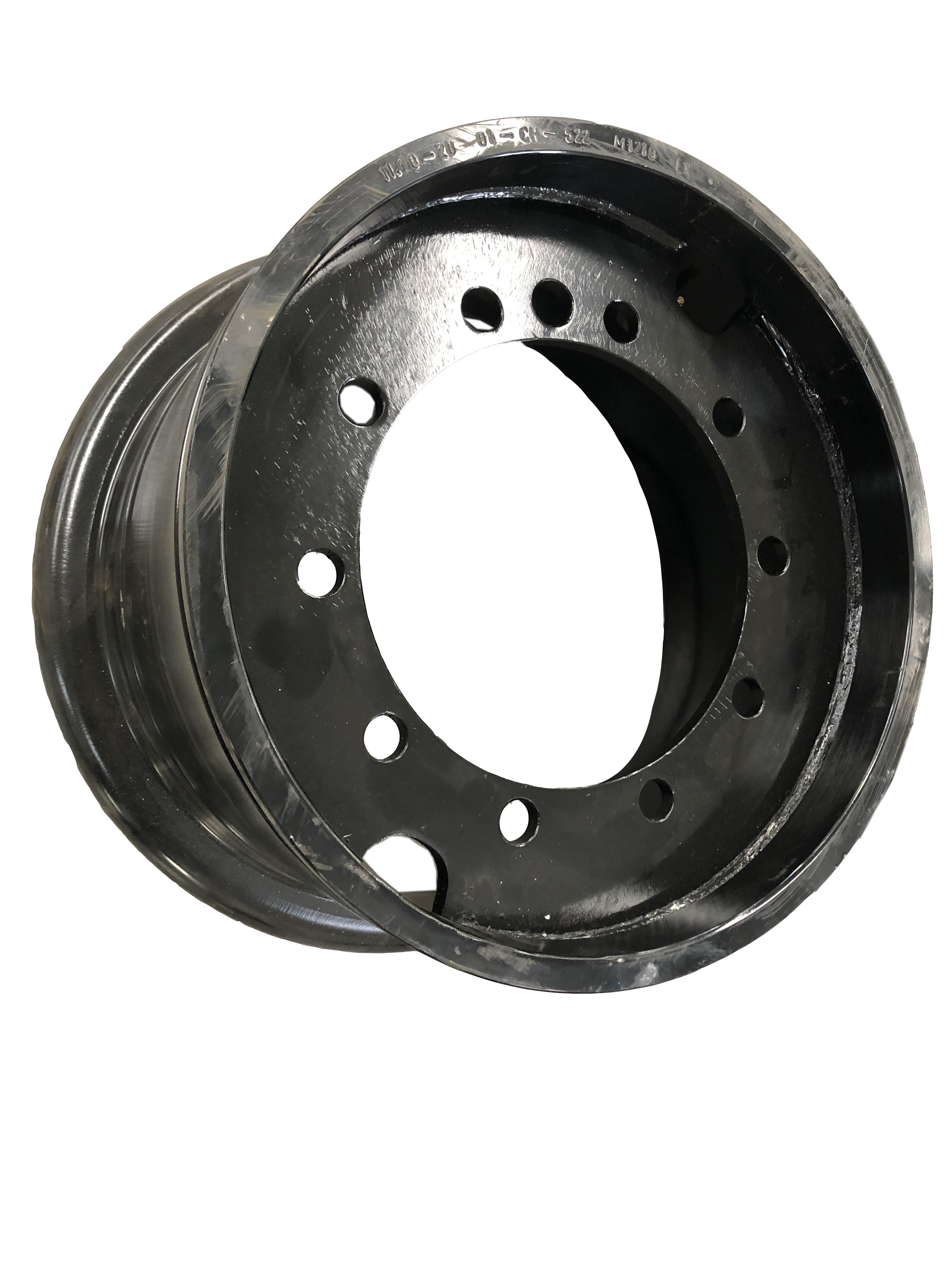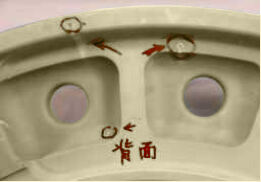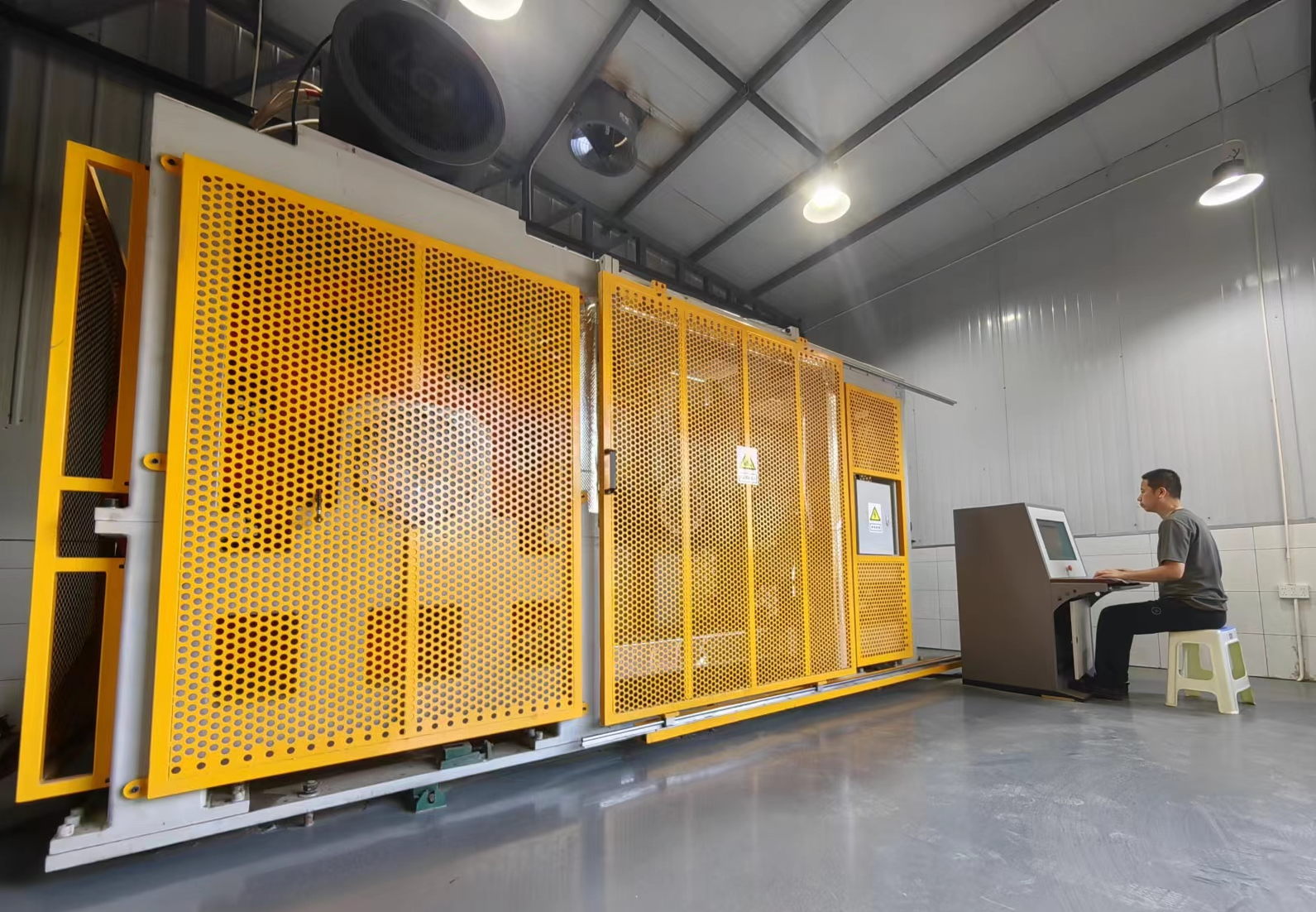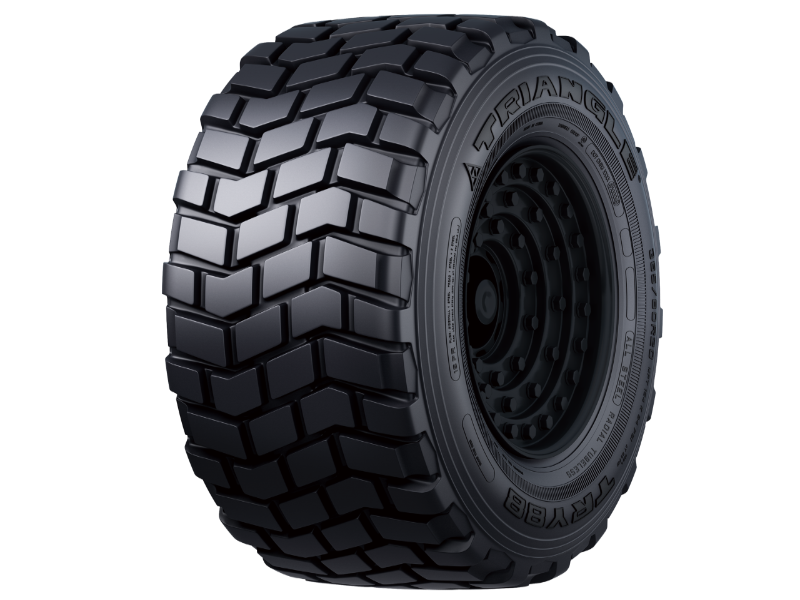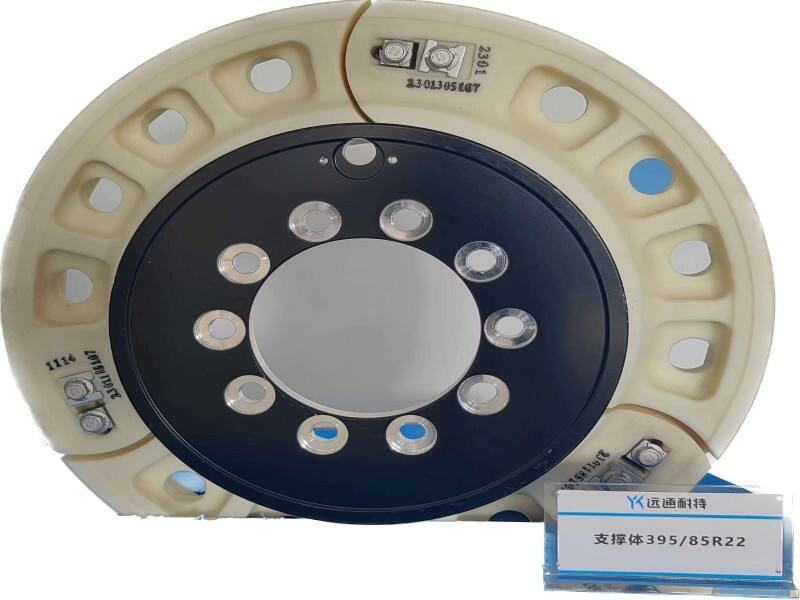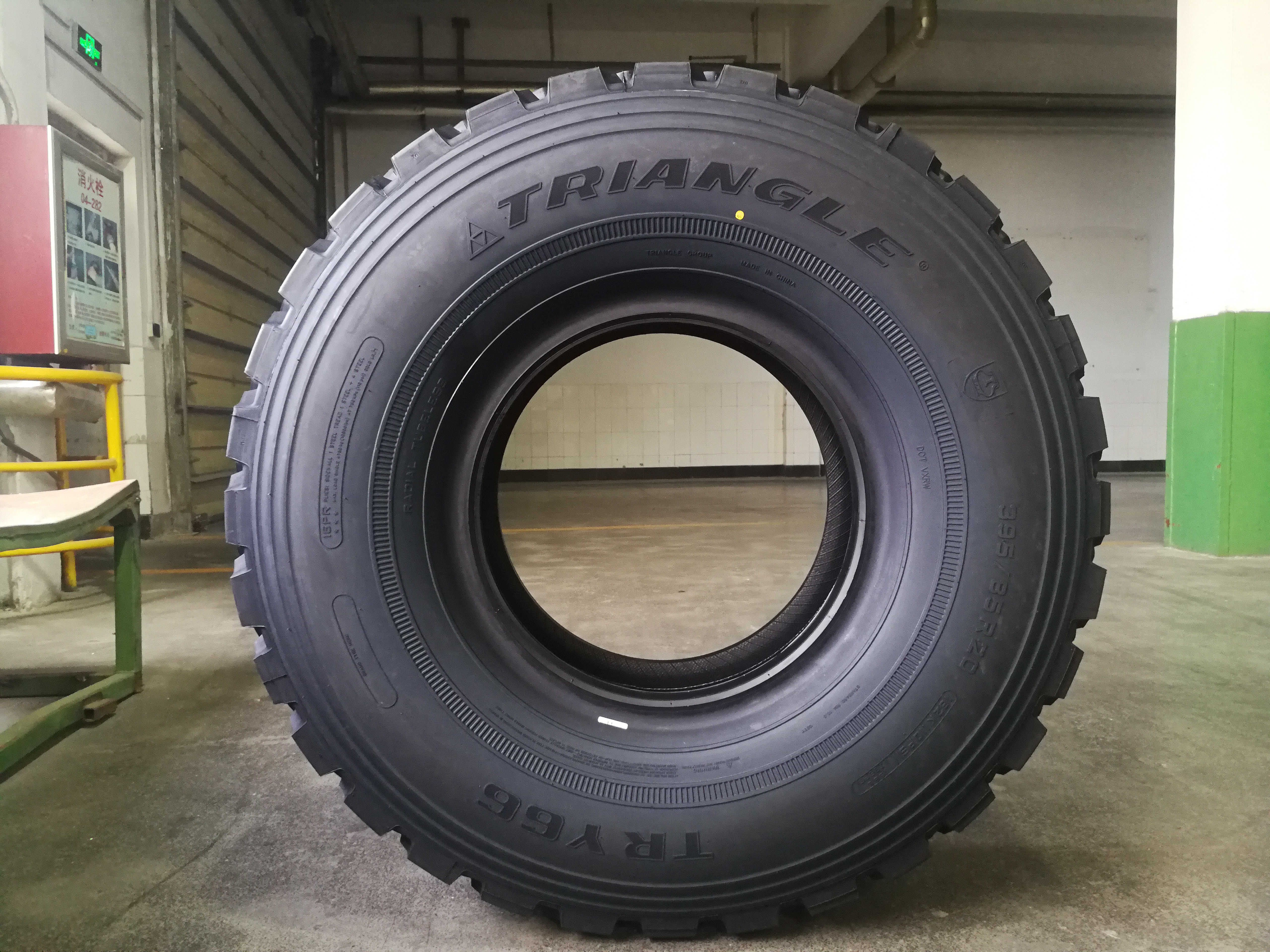driverless cars
Driverless cars represent a revolutionary advancement in automotive technology, combining artificial intelligence, advanced sensors, and sophisticated software to navigate roads autonomously. These vehicles utilize an array of technologies including LiDAR (Light Detection and Ranging), radar systems, cameras, and GPS to create a comprehensive understanding of their environment. The core system processes real-time data to make instant decisions about steering, acceleration, and braking. Advanced machine learning algorithms enable these vehicles to recognize traffic signs, pedestrians, other vehicles, and various road conditions. The cars feature multiple layers of redundancy in their systems to ensure safety, including backup sensors and fail-safe mechanisms. They operate through a combination of detailed mapping technology and real-time environment analysis, allowing them to navigate complex urban environments and highway systems. The vehicles can communicate with other smart infrastructure and vehicles, creating a connected ecosystem that enhances traffic flow and safety. Modern driverless cars are equipped with sophisticated interior systems that transform the cabin into a productive space, featuring entertainment systems, work stations, and customizable comfort settings. These vehicles are being implemented across various sectors, from personal transportation to logistics, delivery services, and public transportation systems.

 EN
EN
 AR
AR
 BG
BG
 FR
FR
 DE
DE
 HI
HI
 IT
IT
 JA
JA
 KO
KO
 PL
PL
 PT
PT
 RU
RU
 ES
ES
 SV
SV
 TL
TL
 ID
ID
 LV
LV
 LT
LT
 SR
SR
 UK
UK
 VI
VI
 TH
TH
 TR
TR
 FA
FA
 AF
AF
 HY
HY
 AZ
AZ
 KA
KA
 BN
BN
 LA
LA
 MN
MN
 SO
SO
 MY
MY
 KK
KK
 UZ
UZ
 KU
KU
 KY
KY


